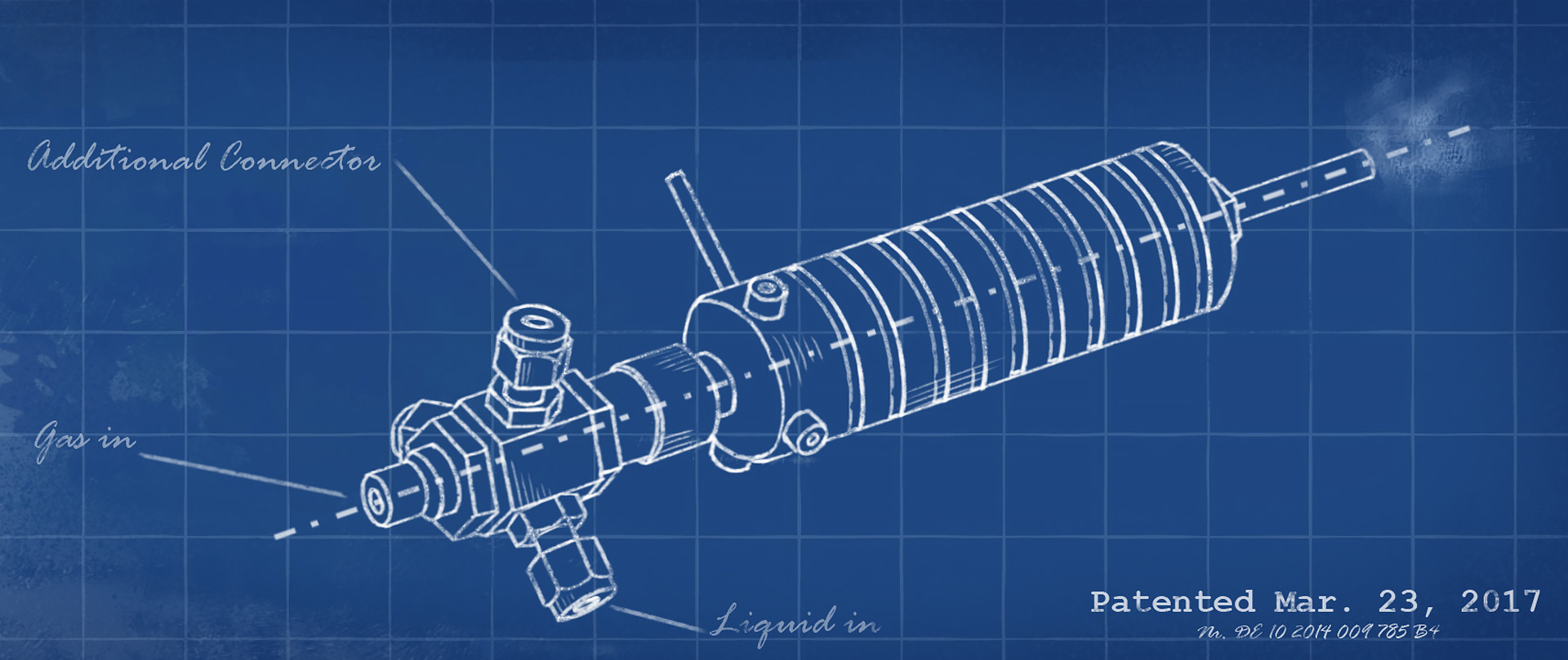Cooperation with LightPulse LASER PRECISION
by Raschid Abdel Aal
Meet our partner in technology developmen LightPulse LASER PRECISION
When it comes to vapor generation, it's all about the right surface! Together with LightPulse, we are working on durable nanostructuring for exceptional vaporization properties.
LightPulse can process surfaces in the nanometer range using ultrashort pulse lasers. This allows us not only to increase the surface area of our evaporators, but also to achieve hydrophobic properties - without requiring any coating at all!
Together with LightPulse's surface processing, we can solve particularly demanding challenges in evaporation technology!
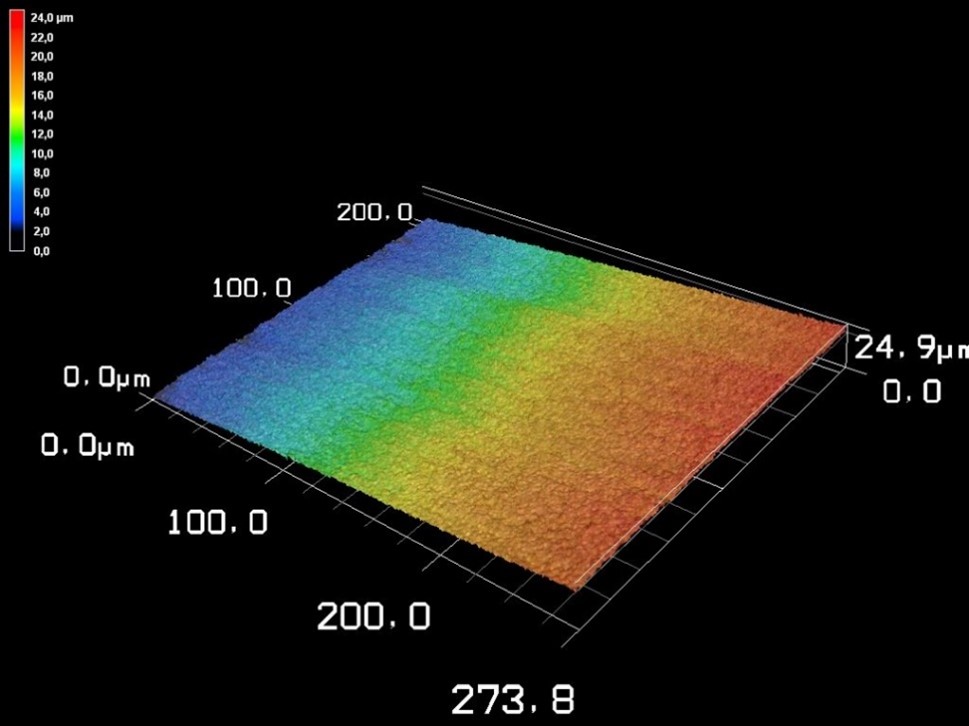
News
by Christian Walter

PhD from Christian Walter
Successfully passed exam
Last week the time had finally come: after several years of work, Christian Walter was able to convince the professors in charge of his dissertation with his doctoral presentation and subsequent examination.
by Zishan Mahmood
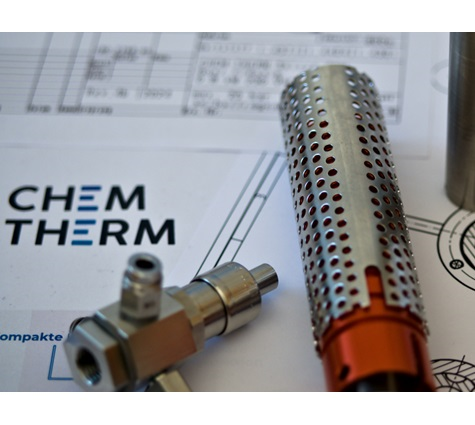
Year in review 2024
A year full of growth and innovation
With 2024 behind us, we look forward to the new calendar year of 2025 with great anticipation. 2024 has been an eventful and challenging year for us as a young company, demanding but also rewarding.
by Zishan Mahmood
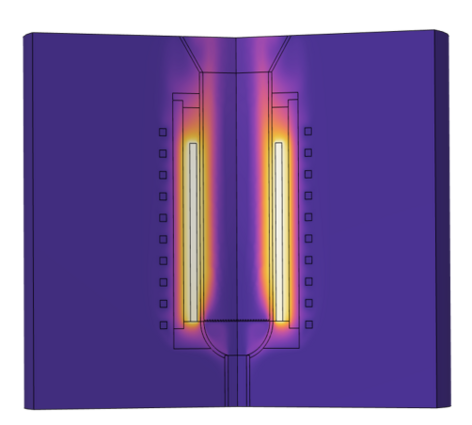
Master's thesis in cooperation with ChemTherm
Modeling and simulation of inductive heating of fixed-bed reactors
In cooperation with the Institute of Chemical Process Engineering and other industrial partners, we are delighted to welcome Tim Irlweck to our company.
by Raschid Abdel Aal
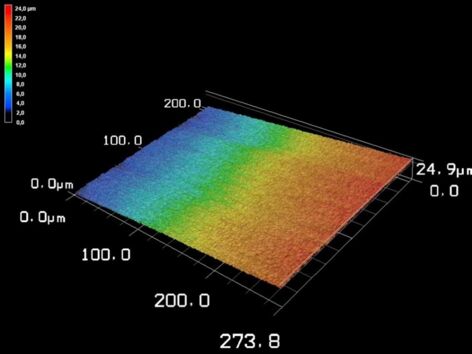
Cooperation with LightPulse LASER PRECISION
LightPulse uses ultrashort pulse lasers to work surfaces on a nanoscale. A wide variety of structures can be processed with this precise tool. The properties of the surface can be changed in a targeted manner. For example, laser-generated structures can be used to make a steel surface water-repellent (hydrophobic).

